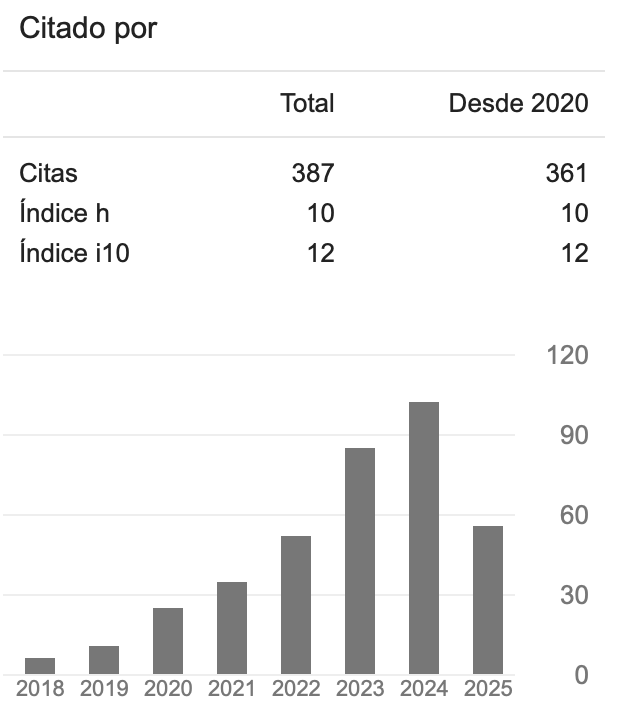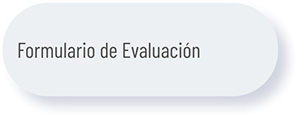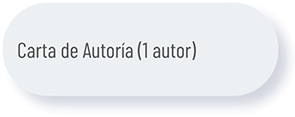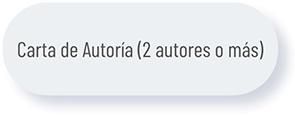DIBUJAR LAS PALABRAS: UNA REDEFINICIÓN DEL CONCEPTO DE ÉCFRASIS A PARTIR DE LA RELACIÓN DEL TEXTO CON EL DISEÑO Y ARQUITECTURA DIGITAL
DOI:
https://doi.org/10.33324/daya.vi16.765Palabras clave:
écfrasis, descripción, lenguaje, programación, software, textoResumen
En el presente artículo se exponen resultados de un trabajo de investigación en curso, cuyo objeto de estudio es el texto ecfrástico en relación con obras de diseño y arquitectura. Écfrasis es el ejercicio literario de descripción de una obra de arte mediante lenguajes naturales. Aquí sostenemos que, además de los lenguajes naturales, los lenguajes de programación de alto nivel sirven a los fines de describir obras de arquitectura y diseño; esto implica ampliar el alcance del concepto de écfrasis o una redefinición de este. El objetivo de la presente investigación es darle identidad teórica a la relación que se produce entre texto e imagen cuando se utilizan lenguajes de programación; el marco teórico está definido por conceptos y teorías de la figura de la écfrasis. Para alcanzar este objetivo, se sistematizaron y relacionaron distintas definiciones de écfrasis y se caracterizó el lenguaje de programación en el contexto de la arquitectura y el diseño; por último, se ejemplificaron estos conceptos y definiciones con obras descriptas e interpretadas mediante lenguaje de programación. Una vez definida la identidad teórica de la relación entre imagen y texto, la misma es susceptible de ser tratada como objeto de estudio en sí misma, esto propicia el desarrollo de futuros estudios en relación con obras que aún no han adquirido estatus material, esto es, el estudio de la écfrasis en la operación de diseño y en la definición del proyecto.
Palabras clave: écfrasis, descripción, lenguaje, programación, software, texto.
Abstract
This article presents peremptory results of an ongoing research work whose object of study is the ekphrastic text concerning works of design and architecture. Ekphrasis is the literary exercise of describing a work of art using natural language. Here, we argue that, in addition to natural languages, high-level programming languages serve the purpose of describing works of architecture and design; this implies expanding or redefining the concept of ekphrasis. This research aims to give theoretical identity to the relationship between text and image when programming languages are used; theories of the figure of ekphrasis define the theoretical framework. To achieve this objective, different definitions of ekphrasis were systematized and related, and the programming language was characterized in the context of architecture and design; finally, these concepts and definitions were exemplified with works described and interpreted using a programming language. Once the theoretical identity of the relationship between image and text is defined, it is susceptible to being treated as an object of study, generating the possibility of future theoretical developments about works that have not yet acquired material status, that is, the study of ekphrasis in the design operation.
Keywords: ekphrasis, description, language, programming, software, text.
Descargas
Publicado
Cómo citar
Número
Sección
Licencia
Derechos de autor 2024 info:eu-repo/semantic/openAccess

Esta obra está bajo una licencia internacional Creative Commons Atribución-NoComercial-CompartirIgual 4.0.






